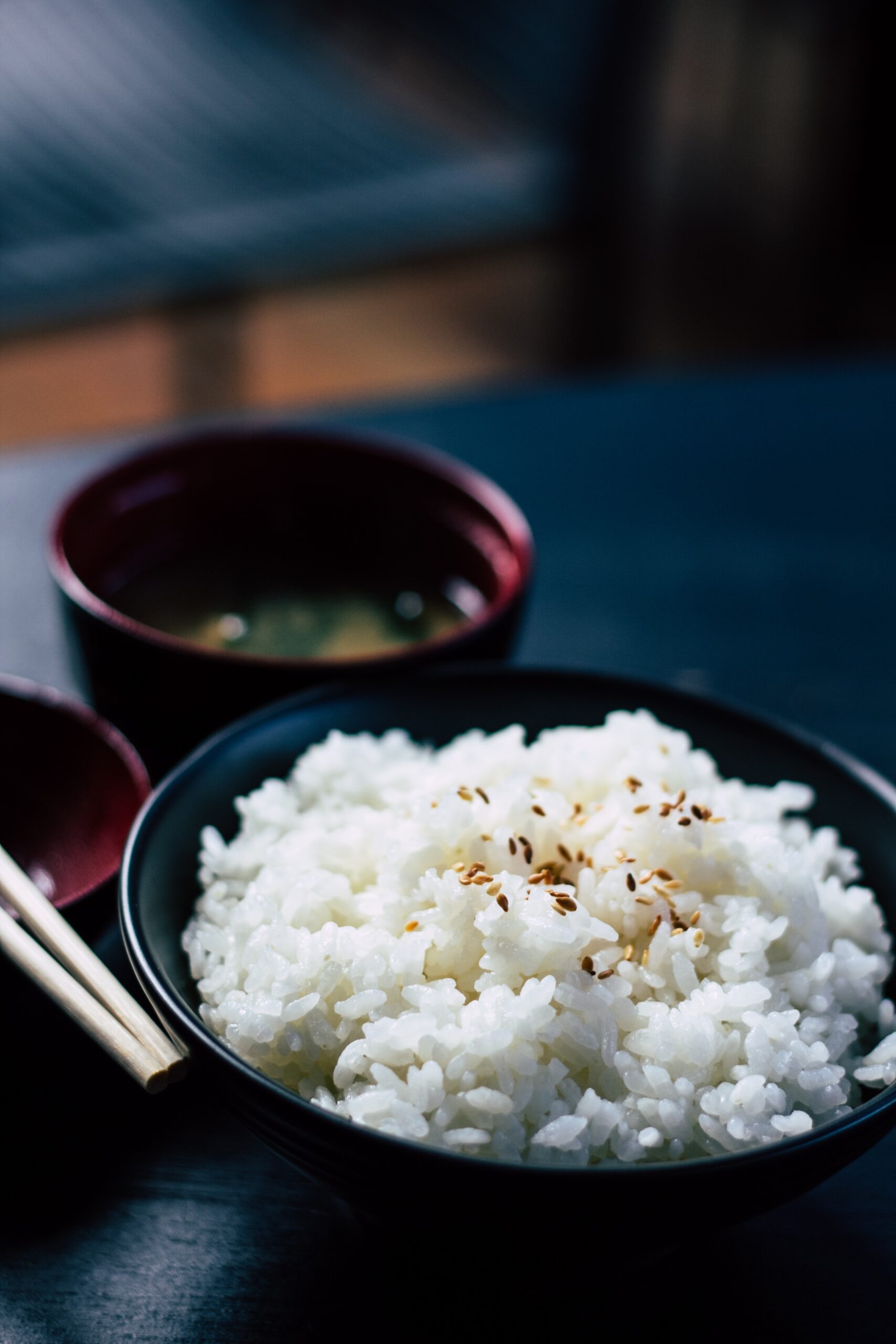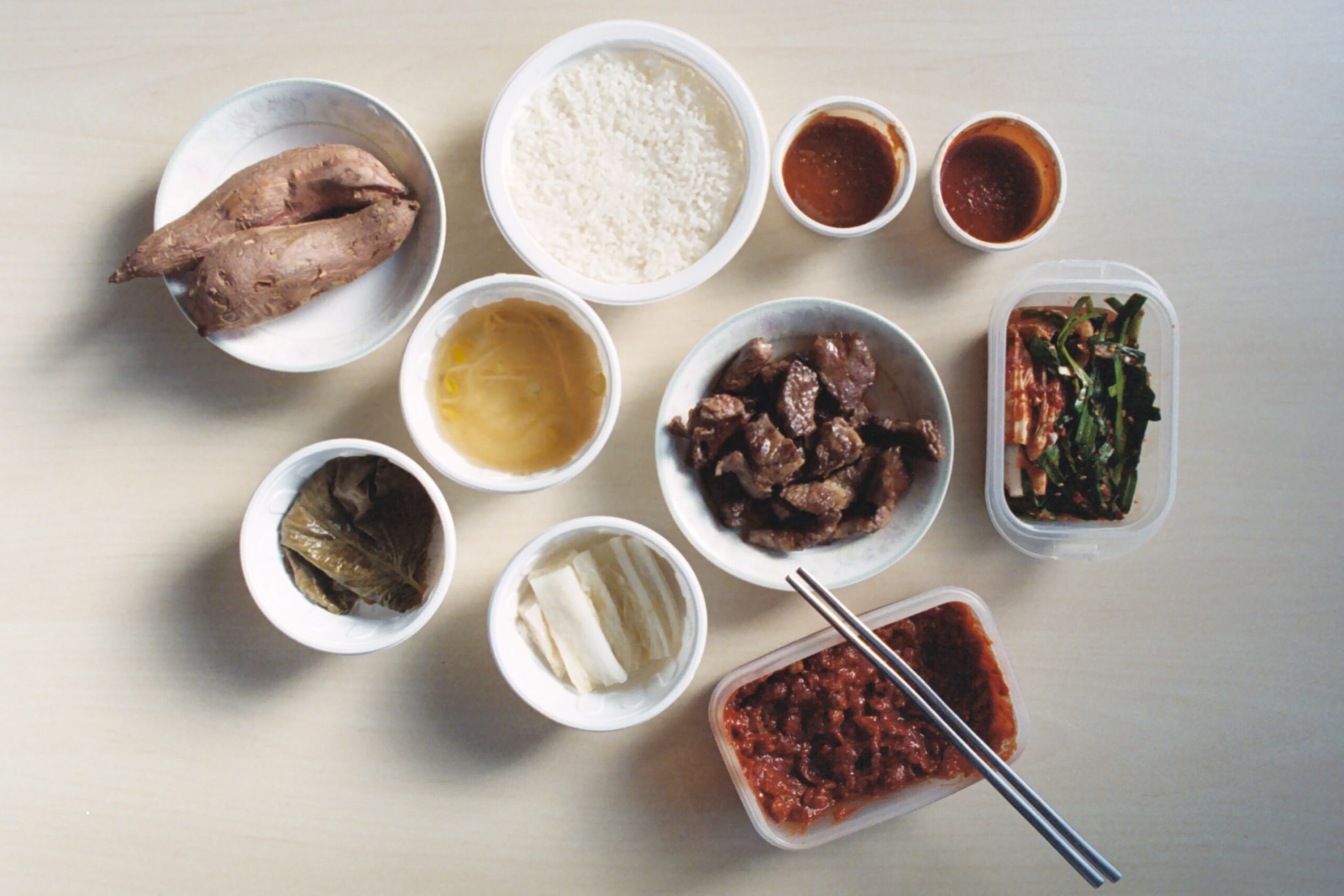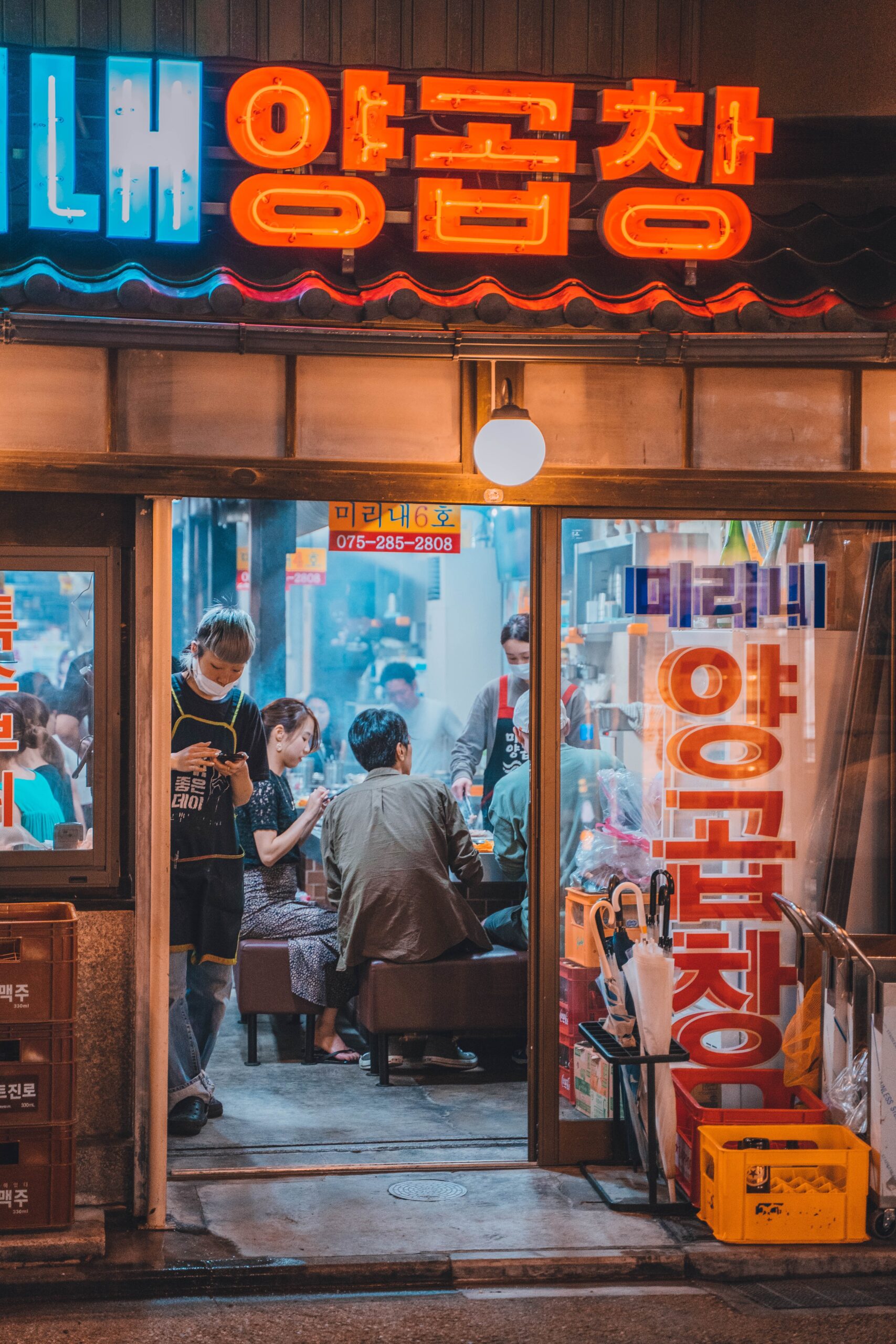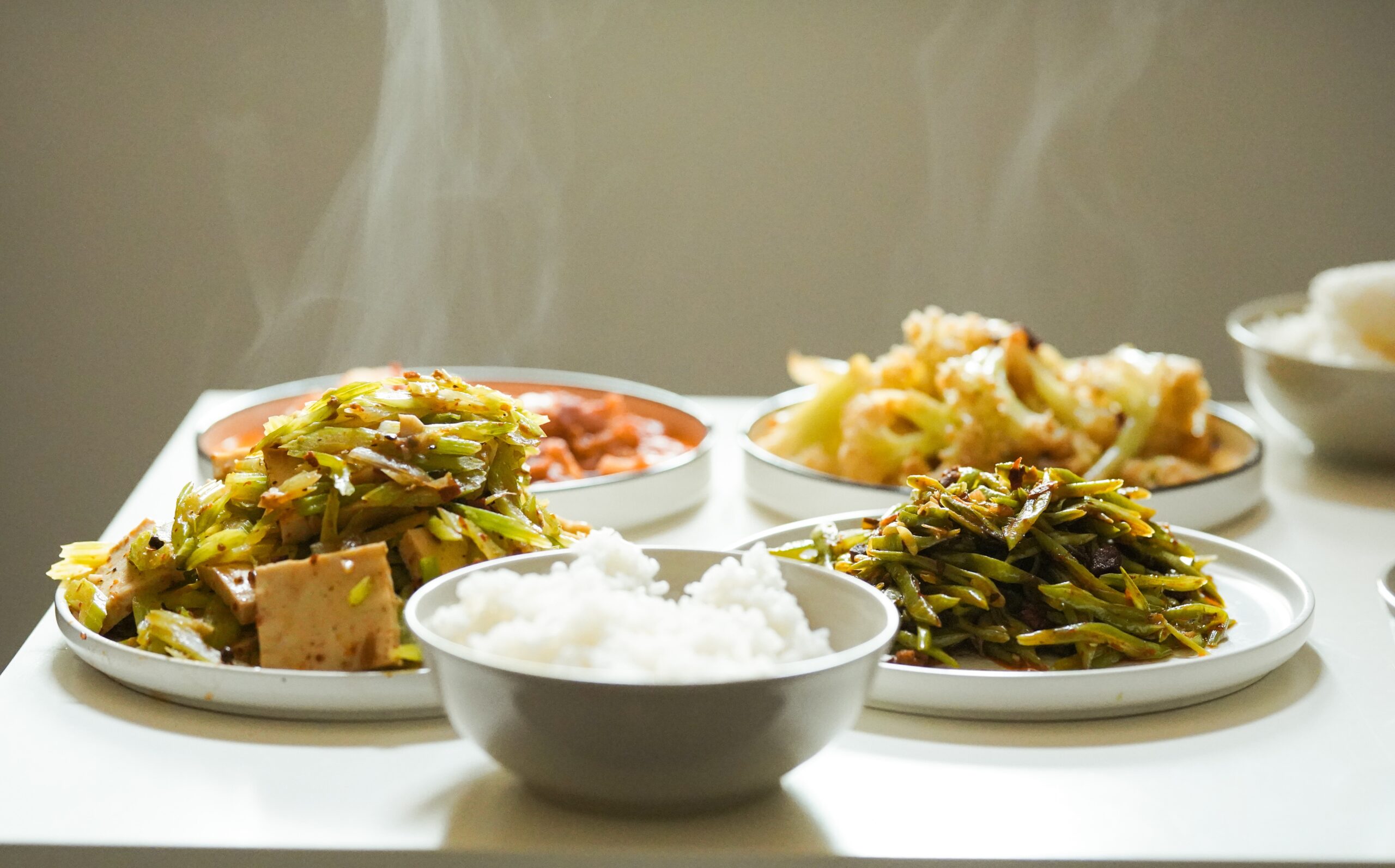Every supper in Korean cuisine is accompanied by a generous serving of banchan, a type of side dish. “Baekban,” which literally translates to “a hundred side dishes” in Korean, is a complete meal consisting of at least ten unique side dishes with unlimited refills. Baekban is a traditional Korean cuisine consisting of a variety of side dishes.
Baekban consists primarily of rice, two or three varieties of seasonal herbs, kimchi, soup or stew, and grilled dishes. Baekban’s composition and ingredients are not limited, but it fluctuates by season and region.
What is Baekban

The literal translation of baekban is “white rice,” but it is commonly understood in Korea to refer to home-cooked meals consisting of a portion of rice, soup, and banchan, or side dishes. Throughout human history, it appears that establishing a connection between the type of cuisine a person consumes and his or her identity has been a topic of interest. And when it comes to Korean feelings and customs, much can be said about baekban.
In today’s renowned Korean restaurants, side dishes are typically not the main attraction. Once the main course is placed on the table, the remaining items are left untouched. However, in baekban, every side dish is important.
Home-cooked meals form the foundation of a person’s taste preferences, which are formed during infancy and last a lifetime. Therefore, your preferred baekban establishment becomes associated with your home region. There are no stringent rules regarding the ingredients that should be used in baekban, leaving it up to the kitchen boss, who are traditionally mothers, to choose from whatever ingredients they have on hand.
Where is Baekban typically served
Baekban is considered the cheapest and healthiest option. If a restaurant has a menu titled “Baekban,” the primary dish and side dishes typically change daily. For instance, a menu titled “Bulgogi Baekban” indicates that Bulgogi will be served as the main entrée alongside rice and several side dishes. If a menu is titled ‘Raw Crabs Marinated in Soy Sauce Baekban,’ it indicates that raw crab marinated in soy sauce will be served as the main entrée, accompanied by rich and varied side dishes. The house-style concept of Korean cuisine, in which people can sample a little piece of everything for a reasonable price, is considered by Koreans to be healthy and cost-effective.
A Driver’s Restaurant is a restaurant that primarily services drivers, including taxi drivers and bus drivers. Obviously, they are also open to non-drivers. These eateries are renowned for serving decent dishes at reasonable prices. Due to the nature of the drivers’ jobs, the majority of the menus are designed to be served rapidly. Menu items include rice porridge, bibimbap, pork cutlet, and Baekban. There is a proverb that states, “If you are new to town or are tired of searching for good restaurants, look for the driver’s restaurants.”
Why do Korean restaurants offer so many side dishes

The uniqueness of Korean cuisine is a primary factor. Koreans typically consume a bowl of rice at every meal and require a variety of condiments to complement the insipid flavor of the rice.
Numerous side dishes derive from the history of Korean cuisine, as does the practice of providing limitless refills, known as jeong, which can be translated as affection or love.
Providing complimentary refills of side dishes at a baekban restaurant is so evident. Baekban should be a complete and hearty meal, so refusing refill requests goes against the spirit of baekban, and it may appear insensitive when we do so.
Examples of Side Dishes Served with Baekban
Kongnamul
Kongnamul, one of the more delicate banchan options, is also one of the most popular and ubiquitous Korean side dishes. Kongnamul is composed of soybean sprouts, sesame oil, garlic, and a sprinkling of chile flakes. It has a mild, nutty flavor and an irresistible crunch.
Maneul jangajji
It is common knowledge that Koreans enjoy garlic. Garlic bulbs are quickly pickled in a vinegar and soy sauce brine and served cold in maneul jangajji. The remaining sweet, piquant liquid can be used as an impromptu dressing or dipping sauce.
Yeongeun jorim
The peculiar, lace-like appearance of lotus roots makes yeongeun jorim a table-stealing dish. For this dish, lotus roots are sliced thinly and braised in soy sauce, vinegar, garlic, and either rice or maize syrup; the syrup imparts a pleasant texture to the roots. The dish is finished with sesame seeds and sesame oil.
Gyeran mari
Gyeran mari is the Korean equivalent of the Japanese tamagoyaki, which is a sugary, layered, rectangular omelette. However, gyen mari is more flavorful than tamagoyaki. In this dish, eggs are combined with finely diced vegetables and meat before being coiled into a tight spiral. Before rolling the omelette, some chefs line it with a sheet of dark green gim (seaweed) to emphasize its spiral shape.
Pajeon
In order to prepare pajeon (“pa” means scallion and “jeon” means fritter), green scallions and (often) a colorful ingredient such as carrots are combined in a flour batter and fried into thin crepes. There are numerous variations of scallion pancakes throughout Asia, such as Taiwan’s cong you bing; however, the dipping sauce distinguishes Korea’s version of the popular Asian street dish. Typically, Pajeon is served with a sweet and piquant soy sauce-based dip that is sweetened with honey or sugar and sprinkled with chili flakes.
Baekban Restaurants Today

Baekban restaurants were once responsible for “Power of Meals” for low-income Koreans as a familiar host, known as “Imo,” serving white rice with stew or meat dish. They were known as the fundamentals of dining out, inhabiting the downtown area. They are, however, being driven into back alleys as a result of rising prices and rent. In addition, the situation intensifies in commercial districts where young people congregate.
In the 1990s, Baekban restaurants flourished on Surim-ro 85-beongil and Geumgang-ro 321-beongil, where there were so many Baekban restaurants that Busan Geumjeong-gu created a specialized street called “Bukmatgol.” Before 2012, there were twenty Baekban restaurants in this city, but only seven remain in 2022.
Changes in taste and eating habits are the primary reason Baekban restaurants cannot become prevalent in the business district. The notion that “white rice” is the primary sustenance in Korea is being challenged by the younger generation. The preference for Korean cuisine also declined.
In conclusion
Koreans are a people who take rice so seriously that there is a proverb stating that they “live on rice.” There are numerous dishes, including meat, seafood, and noodles, but everyone enjoys it and will consume it at least once. Everyone desires Baekban even when they are at home and miss it when they are away.
